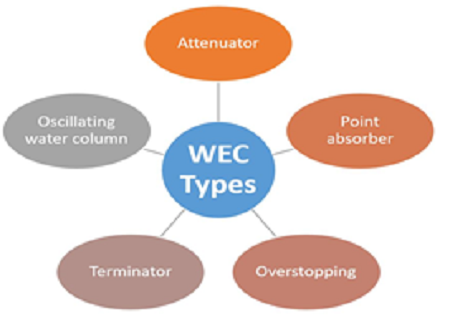


Indian Journal of Science and Technology
Year: 2021, Volume: 14, Issue: 23, Pages: 1961-1969
Original Article
Dhananjay V Khankal 1 , R L Edlabadkar 1 , J L Minase 1 , A P Pandhare 1, *
Received Date:01 April 2021, Accepted Date:20 May 2021, Published Date:09 July 2021
Objectives/Methods: The main objective here is to make an optimum design of buoy. Wave power generation is one of the extensive research fields all over the world. The ocean waves are usually converted into electrical energy by a device called a wave energy converter (WEC). The electricity generated depends upon the intensity of the waves. In a traditional way, the motion of a buoy that occurred in a vertical direction due to waves in water, can be converted into current generation. Here, the numerical simulation using the Ansys tool is done to find an optimum design of buoy shape to get maximum energy conversion. Findings: The simulations have shown that the drag force for the Oval shape is minimum 0.063 N and the first mode of frequency for the Conical shape is minimum 165 Hz for Point-Absorber type Wave Energy Converter.
Keywords
Buoy, wave energy converter, buoy shapes
© 2021 Khankal et al. This is an open-access article distributed under the terms of the Creative Commons Attribution License, which permits unrestricted use, distribution, and reproduction in any medium, provided the original author and source are credited. Published By Indian Society for Education and Environment (iSee)
Subscribe now for latest articles and news.